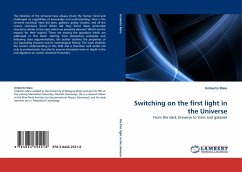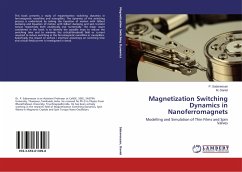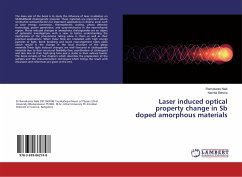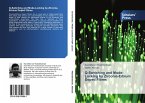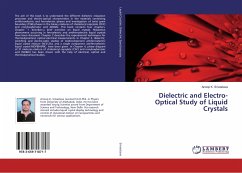Phase-change materials (PCM) possess a unique property contrast between their crystalline and amorphous phases. Differences in resistivity of some orders of magnitude can be observed between both phases. Also, the reflectivity shows a remarkable contrast, allowing the application of thin phase-change layers in optical media, such as CD&DVD, to enable rewritable storage of information. Although both phases are stable for decades at room temperature, it is possible to switch between the phases in nanoseconds at elevated temperatures. This striking combination of stability and rapid transition, together with the pronounced resistivity contrast, make PCMs one of the most promising candidates for future electronic memory. In this work, three physical aspects concerning such a memory have been investigated using custom made setups to cope with the challenges of sub-nanosecond timescales and resistances of hundreds of Gigaohms. Investigations regarding the switching speed in phase-change memory will be presented in this work, revealing that the phase transitions can be accomplished within a few nanoseconds, leading to a non-volatile competitor for Dynamic Random Access Memory (DRAM).
Bitte wählen Sie Ihr Anliegen aus.
Rechnungen
Retourenschein anfordern
Bestellstatus
Storno


